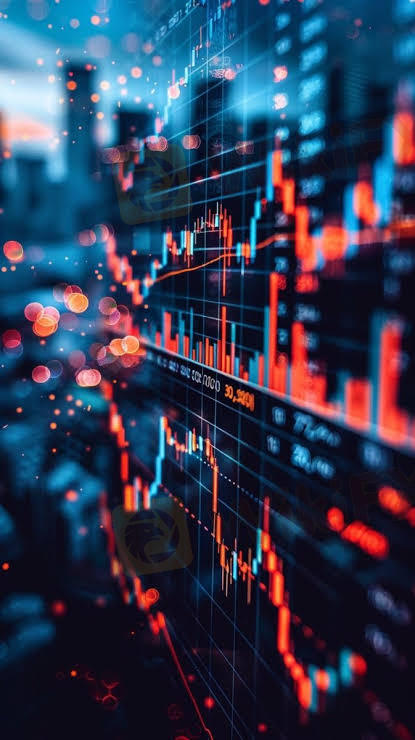
2025-06-27 08:56
In der IndustrieVolatility and How It Shapes Forex Trading Outcome
Volatility and How It Shapes Forex Trading Outcomes
Volatility in the forex market refers to the degree of variation in currency price movements over time. It’s a core element of forex trading, creating both opportunities and risks. High volatility can mean larger price swings, which appeal to traders seeking quick profits, while low volatility often reflects stable, slower markets.
Several factors influence volatility, including economic news releases (like Non-Farm Payrolls or interest rate decisions), geopolitical events, and unexpected market sentiment shifts. For example, central bank announcements from the Federal Reserve or European Central Bank often trigger sharp movements in major currency pairs.
Traders should adapt their strategies to suit the level of volatility. During high volatility, short-term traders might find more entry points, but the risk of getting stopped out increases. Using wider stop-losses, adjusting position sizes, and trading during known news windows are ways to mitigate these risks.
Ultimately, understanding and anticipating volatility gives traders an edge in timing entries, exits, and risk exposure.
#CommunityAMA
Gefällt 0
zulkilfi
Händler
Aktueller Inhalt
In der Industrie
Event-A comment a day,Keep rewards worthy up to$27
In der Industrie
Nigeria Event Giveaway-Win₦5000 Mobilephone Credit
In der Industrie
Nigeria Event Giveaway-Win ₦2500 MobilePhoneCredit
In der Industrie
South Africa Event-Come&Win 240ZAR Phone Credit
In der Industrie
Nigeria Event-Discuss Forex&Win2500NGN PhoneCredit
In der Industrie
[Nigeria Event]Discuss&win 2500 Naira Phone Credit
Kategorie

Plattform

Ausstellung

IB

Rekrutierung

EA

In der Industrie

Markt

Index
Volatility and How It Shapes Forex Trading Outcome
 Malaysia | 2025-06-27 08:56
Malaysia | 2025-06-27 08:56Volatility and How It Shapes Forex Trading Outcomes
Volatility in the forex market refers to the degree of variation in currency price movements over time. It’s a core element of forex trading, creating both opportunities and risks. High volatility can mean larger price swings, which appeal to traders seeking quick profits, while low volatility often reflects stable, slower markets.
Several factors influence volatility, including economic news releases (like Non-Farm Payrolls or interest rate decisions), geopolitical events, and unexpected market sentiment shifts. For example, central bank announcements from the Federal Reserve or European Central Bank often trigger sharp movements in major currency pairs.
Traders should adapt their strategies to suit the level of volatility. During high volatility, short-term traders might find more entry points, but the risk of getting stopped out increases. Using wider stop-losses, adjusting position sizes, and trading during known news windows are ways to mitigate these risks.
Ultimately, understanding and anticipating volatility gives traders an edge in timing entries, exits, and risk exposure.
#CommunityAMA
Gefällt 0
Ich möchte auch kommentieren
Einreichen
0Kommentare

Es gibt noch keinen Kommentar. Mach den ersten

Einreichen
Es gibt noch keinen Kommentar. Mach den ersten